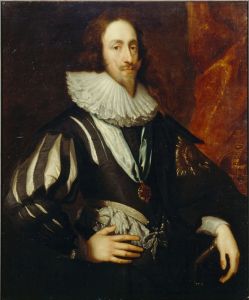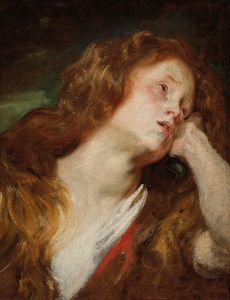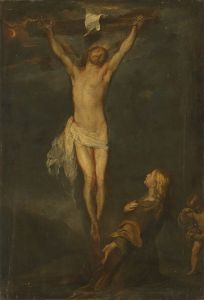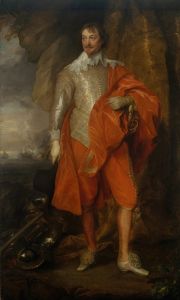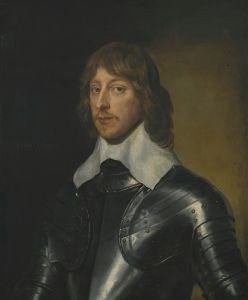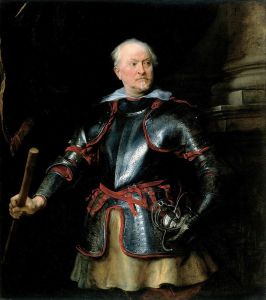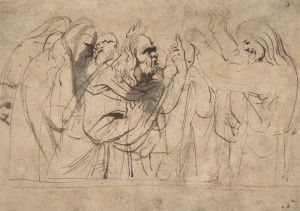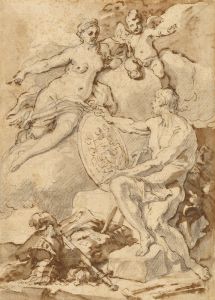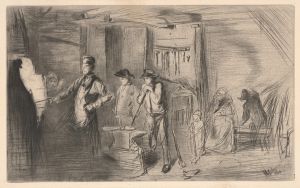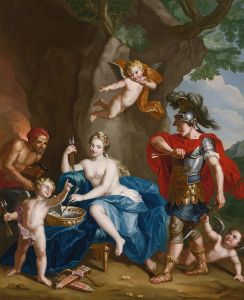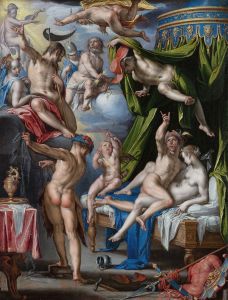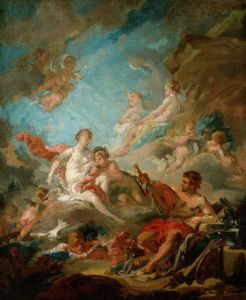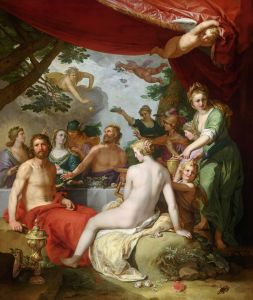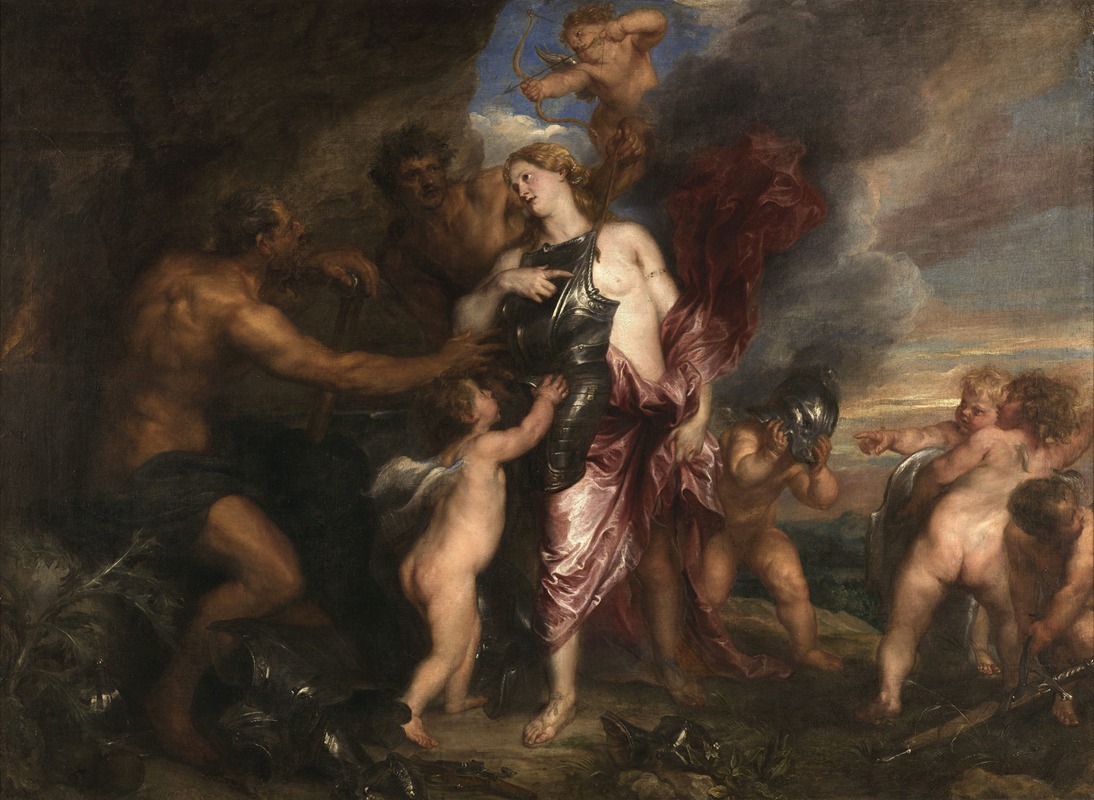
Thetis receives the new armour for Achilles in Vulcan’s forge
A hand-painted replica of Anthony van Dyck’s masterpiece Thetis receives the new armour for Achilles in Vulcan’s forge, meticulously crafted by professional artists to capture the true essence of the original. Each piece is created with museum-quality canvas and rare mineral pigments, carefully painted by experienced artists with delicate brushstrokes and rich, layered colors to perfectly recreate the texture of the original artwork. Unlike machine-printed reproductions, this hand-painted version brings the painting to life, infused with the artist’s emotions and skill in every stroke. Whether for personal collection or home decoration, it instantly elevates the artistic atmosphere of any space.
Anthony van Dyck, a prominent Flemish Baroque artist, created the painting "Thetis Receives the New Armour for Achilles in Vulcan’s Forge" during the early 17th century. Van Dyck, known for his portraits and historical scenes, was a leading figure in the Baroque movement, which emphasized dramatic expression, rich color, and intense light and shadow.
This particular painting depicts a scene from Greek mythology, specifically from the epic narrative of the Trojan War. Thetis, a sea nymph and the mother of the Greek hero Achilles, is shown receiving new armor for her son from Vulcan, the Roman god of fire and metalworking. This episode is famously recounted in Homer's "Iliad," where Thetis requests new armor for Achilles after his previous set is taken by Hector, the Trojan prince, following the death of Achilles' close friend Patroclus.
In the painting, Van Dyck captures the moment within Vulcan’s forge, a setting traditionally associated with fire, heat, and the clamor of metalwork. Thetis is often portrayed with a sense of grace and urgency, reflecting her divine nature and her concern for Achilles. Vulcan, on the other hand, is typically depicted amidst the tools of his trade, emphasizing his role as the divine blacksmith. The armor itself, a central element of the composition, is rendered with meticulous attention to detail, showcasing Van Dyck's skill in depicting texture and material.
Van Dyck's work is characterized by its dynamic composition and the emotional intensity of its figures. The use of chiaroscuro, a technique involving the contrast of light and shadow, enhances the drama of the scene, drawing the viewer's eye to the interactions between the characters. The painting exemplifies Van Dyck's ability to convey narrative through visual means, capturing both the mythological significance and the human emotions underlying the story.
The painting reflects the broader cultural and artistic trends of the Baroque period, which sought to engage viewers through vivid storytelling and emotional depth. Van Dyck, who was influenced by the works of Peter Paul Rubens and the Italian masters, brought a unique sensitivity to his mythological subjects, blending classical themes with the expressive potential of Baroque art.
While the exact date of the painting's creation is not definitively known, it is generally placed within Van Dyck's early career, a time when he was exploring various themes and honing his distinctive style. The painting is part of a larger body of work that includes religious, mythological, and portrait subjects, all of which demonstrate Van Dyck's versatility and mastery of the Baroque idiom.
"Thetis Receives the New Armour for Achilles in Vulcan’s Forge" remains an important example of Van Dyck's engagement with classical mythology and his ability to translate these timeless stories into compelling visual narratives. The painting is a testament to his artistic legacy and continues to be studied and appreciated for its technical brilliance and emotional resonance.






